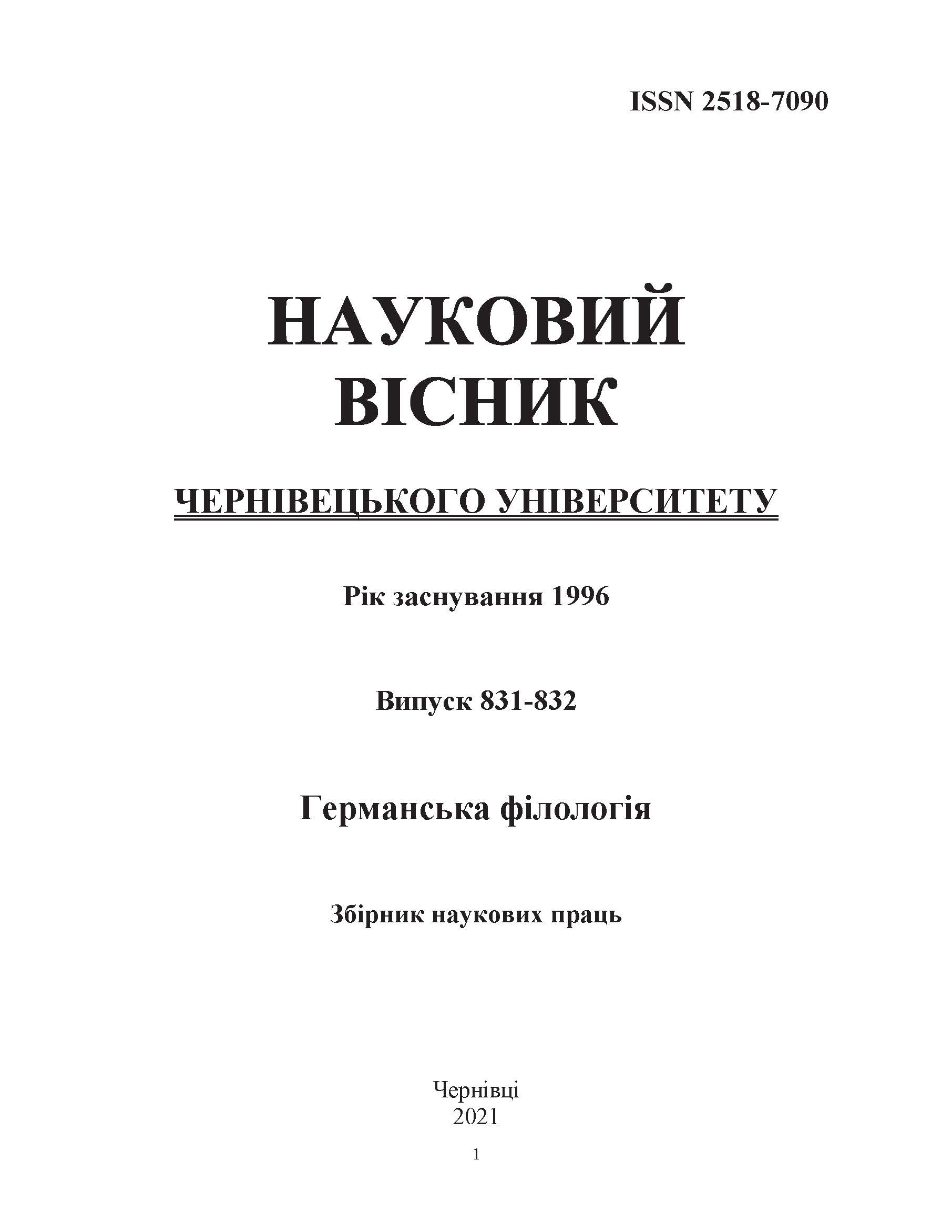STRUCTURE AND FUNCTIONING OF THE ADVERTISING-TEXTS: A CASE OF GERMAN LANGUAGE ADVERTISEMENTS
DOI:
https://doi.org/10.31861/gph2021.831-832.174-186Keywords:
advertising text, compositional component, slogan, title of advertisement, pragmatics of advertising text.Abstract
The article considers the main features of the composition of advertising texts in the German-speaking environment. The search-material is based on German language women's clothing advertising from popular German online stores and magazines (e.g., "Kenwood", "ALDI", "KIK", and etc.).
The aim of this research is to study the functioning of compositional blocks in the texts of German advertising and the features of advertising texts within the German mass media discourse. The main compositional elements of the advertising text are characterized and the lexical-semantic analysis of each of its compositional parts is given.
The following methods were used: the method of linguistic observation with the following procedures of systematization and classification of linguistic facts. Structural-semantic analysis was used to determine the features of the compositional structure of the advertising text.
Despite the fact that advertising texts are small in volume, it is interesting to study their compositional structure, lexical and semantic content of each compositional component. The composition of the advertising text is optional and depends mainly on the pragmatic goals of each advertising text. It is important so speak about the semantics and pragmatics of compositional blocks. However, there is a certain structural pattern for creating advertising text, which takes into account all possible goals and intentions of the author of the advertisement.
The article pays special attention to slogans and titles, as important compositional elements of the advertising text, because they perform both informative and motivational functions. The reader learns direct information about the products being sold from the main compositional block of the advertising text. The final part of advertisement has also its pragmatic purposes and types of manifestation. The study of advertising texts leads to the conclusion that the composition of advertising text is dynamic and depends not only on the purpose of creation, but also on the model chosen for its creation.






